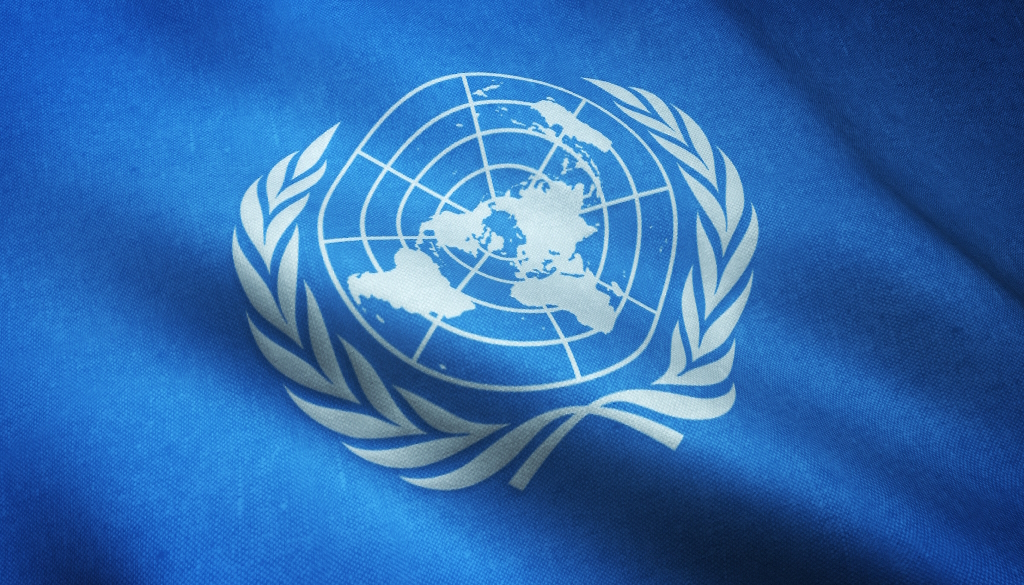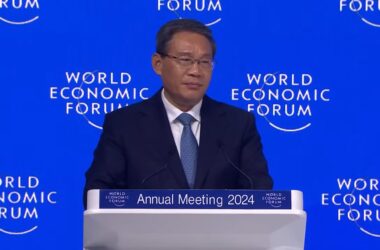Samsung’s AI Energy Mode and Less Microfiber Filter technologies support water saving and energy efficiency.
According to the statement made by the company, Samsung Electronics Turkey draws attention to water consumption and efficient use of water resources within the scope of World Water Day on March 22.
Samsung Electronics continues to support sustainability with the innovations it offers to strengthen its mission to protect the environment on World Water Day.
According to the Consumer Council For Water, the average daily water consumption of a person is around 145 liters. While 13 liters of water is used per minute during a shower, an average of 5 liters of water is consumed for each flush. A washing machine uses 50 liters of water in one cycle.
According to the Safe Drinking Water Foundation’s report, 22 percent of people’s daily water consumption is spent in washing machines. This is followed by tap water with 17 percent and showers with 16 percent. The water consumption of washing machines and the steps to address this water consumption are of great importance in terms of the amount of water and water resources on the planet.
- Samsung’s AI-powered Energy Mode improves energy efficiency
Samsung’s products equipped with eco-friendly technologies such as AI Energy Mode support water conservation and energy efficiency.
AI Energy Mode intelligently monitors and controls energy consumption at home, saving energy on essential household appliances, including the washing machine. This not only saves energy costs, but also helps to conserve water resources.
In addition, the Less Microfiber Filter used with Samsung washing machines helps reduce water pollution by preventing microplastics from entering water sources.
Powered by the SmartThings platform, the AI Powered Energy Mode saves energy by intelligently monitoring and controlling energy consumption at home.
AI Powered Energy Mode saves energy by reducing heating energy during the washing process and maintains washing performance thanks to Ecobubble technology. In this way, up to 70 percent savings in energy consumption can be achieved.
Less Microfiber Filter prevents microplastics from entering water resources
Samsung’s other efforts to protect water resources include technologies developed in collaboration with Patagonia. These technologies aim to reduce the pollution of water resources caused by microplastics in clothes after laundry. The Less Microfiber Cycle contributes to the protection of aquatic ecosystems by significantly reducing microplastic emissions. (AA)



 UN
UN 



